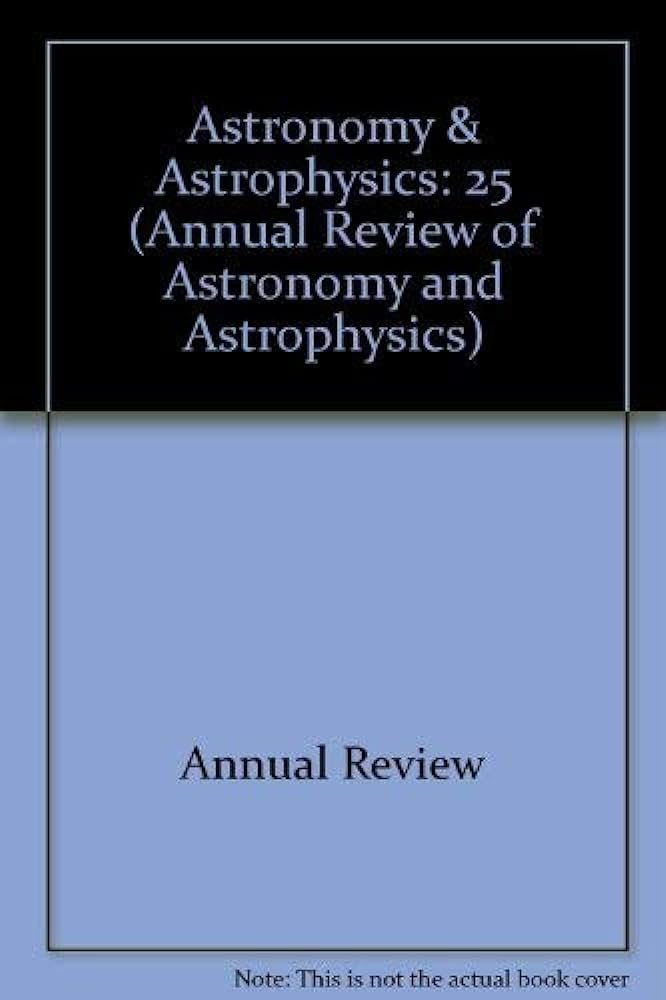Wave Dark Matter
IF 32.5
1区 物理与天体物理
Q1 ASTRONOMY & ASTROPHYSICS
Annual Review of Astronomy and Astrophysics
Pub Date : 2021-01-27
DOI:10.1146/annurev-astro-120920-010024
引用次数: 135
Abstract
We review the physics and phenomenology of wave dark matter: a bosonic dark matter candidate lighter than about 30 eV. Such particles have a de Broglie wavelength exceeding the average interparticle separation in a galaxy like the Milky Way and are, thus, well described as a set of classical waves. We outline the particle physics motivations for such particles, including the quantum chromodynamics axion as well as ultralight axion-like particles such as fuzzy dark matter. The wave nature of the dark matter implies a rich phenomenology: ▪ Wave interference gives rise to order unity density fluctuations on de Broglie scale in halos. One manifestation is vortices where the density vanishes and around which the velocity circulates. There is one vortex ring per de Broglie volume on average. ▪ For sufficiently low masses, soliton condensation occurs at centers of halos. The soliton oscillates and undergoes random walks, which is another manifestation of wave interference. The halo and subhalo abundance is expected to be suppressed at small masses, but the precise prediction from numerical wave simulations remains to be determined. ▪ For ultralight ∼10−22 eV dark matter, the wave interference substructures can be probed by tidal streams or gravitational lensing. The signal can be distinguished from that due to subhalos by the dependence on stream orbital radius or image separation. ▪ Axion detection experiments are sensitive to interference substructures for wave dark matter that is moderately light. The stochastic nature of the waves affects the interpretation of experimental constraints and motivates the measurement of correlation functions. Current constraints and open questions, covering detection experiments and cosmological, galactic, and black hole observations, are discussed.波浪暗物质
我们回顾了波暗物质的物理和现象学:一种轻于约30eV的玻色子暗物质候选者。这类粒子的德布罗意波长超过了银河系等星系中粒子间的平均间隔,因此被很好地描述为一组经典波。我们概述了这些粒子的粒子物理动机,包括量子色动力学轴子以及超轻类轴子粒子,如模糊暗物质。暗物质的波动性质隐含着丰富的现象学:▪ 波浪干涉在晕圈中产生德布罗意尺度上的有序单位密度波动。一种表现形式是涡流,密度消失,速度在涡流周围循环。平均每个德布罗意体积有一个涡流环。▪ 对于足够低的质量,孤立子凝聚发生在晕的中心。孤立子振荡并经历随机游动,这是波干扰的另一种表现形式。晕和亚晕的丰度预计会在小质量下受到抑制,但数值波浪模拟的精确预测仍有待确定。▪ 对于10−22 eV的超轻暗物质,可以通过潮汐流或引力透镜探测波干涉子结构。通过对流轨道半径或图像分离的依赖性,可以将信号与由于亚卤素引起的信号区分开来。▪ Axion探测实验对中等光的波暗物质的干涉子结构很敏感。波浪的随机性影响了对实验约束的解释,并推动了相关函数的测量。讨论了当前的制约因素和悬而未决的问题,包括探测实验和宇宙学、星系和黑洞观测。
本文章由计算机程序翻译,如有差异,请以英文原文为准。
求助全文
约1分钟内获得全文
求助全文
来源期刊

Annual Review of Astronomy and Astrophysics
地学天文-天文与天体物理
CiteScore
54.80
自引率
0.60%
发文量
14
期刊介绍:
The Annual Review of Astronomy and Astrophysics is covers significant developments in the field of astronomy and astrophysics including:The Sun,Solar system and extrasolar planets,Stars,Interstellar medium,Galaxy and galaxies,Active galactic nuclei,Cosmology,Instrumentation and techniques,
History of the development of new areas of research.
 求助内容:
求助内容: 应助结果提醒方式:
应助结果提醒方式:


